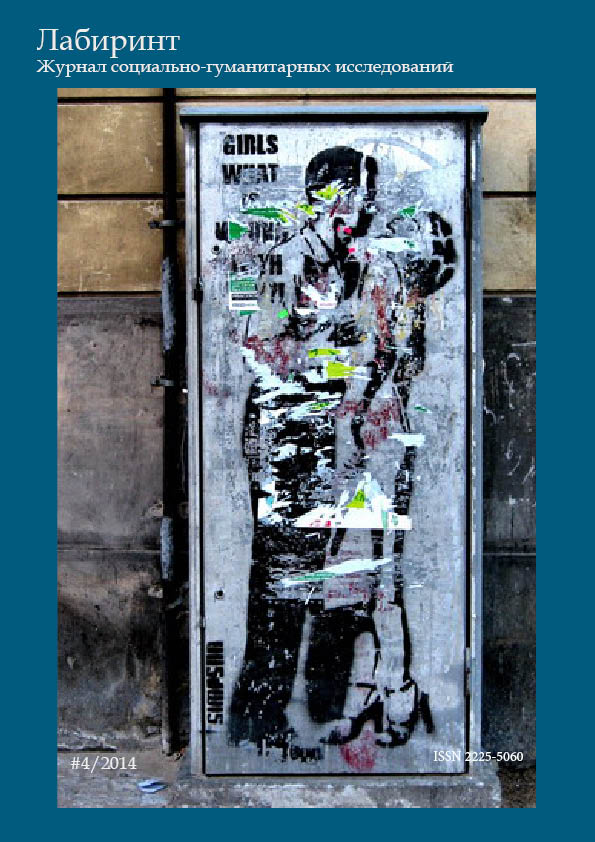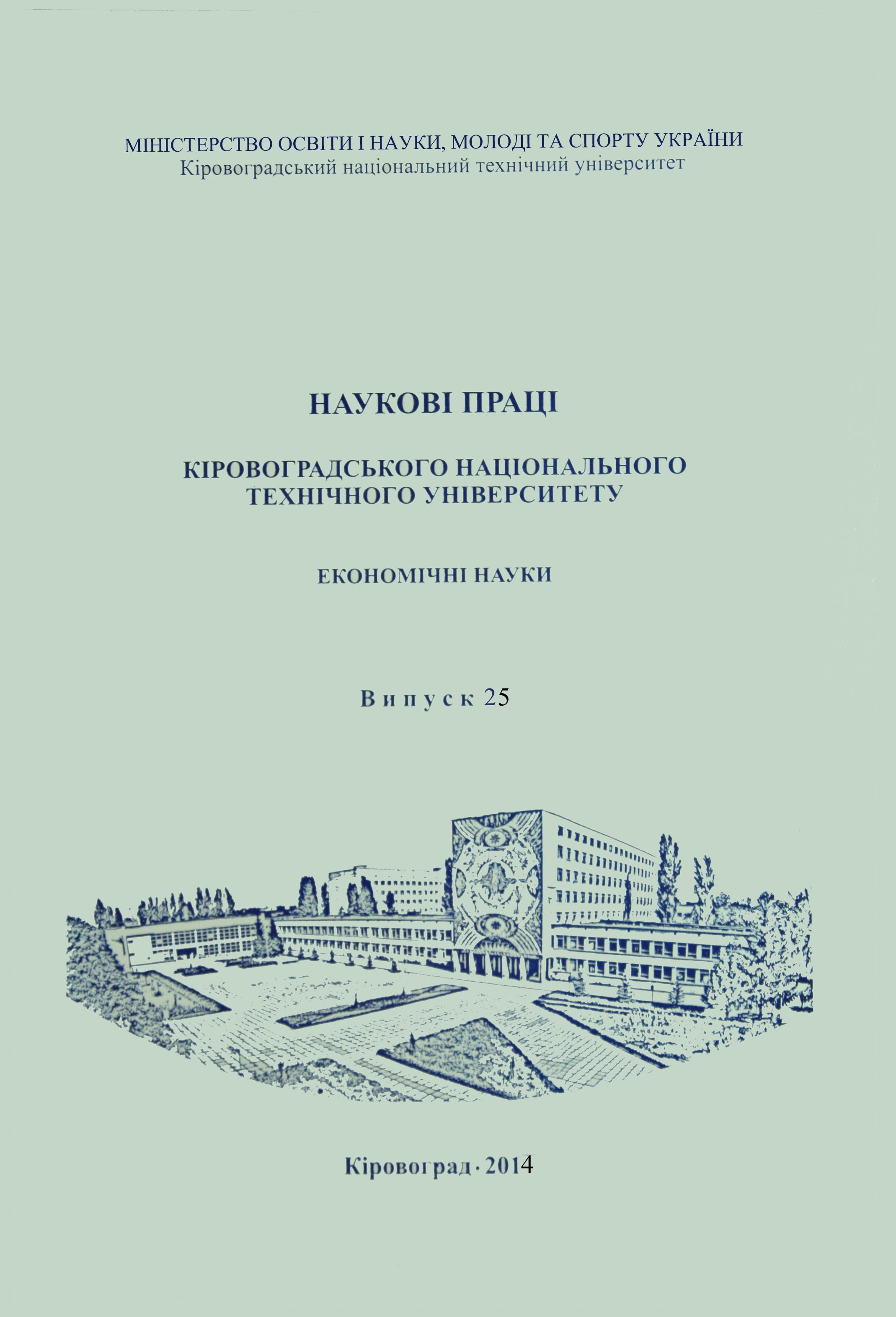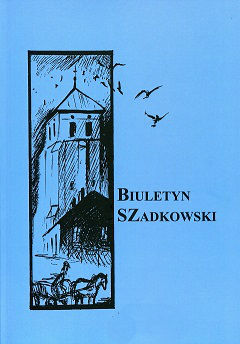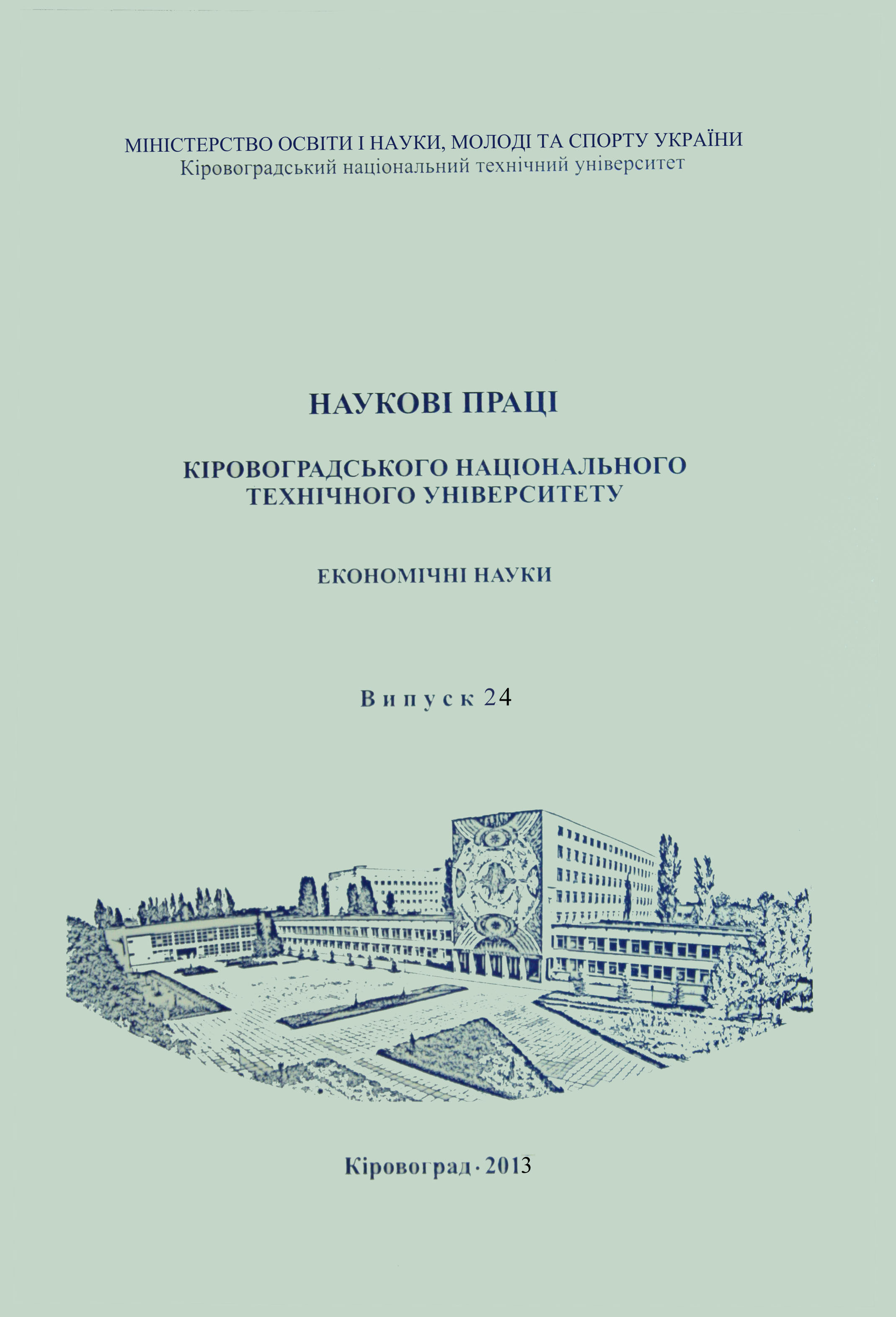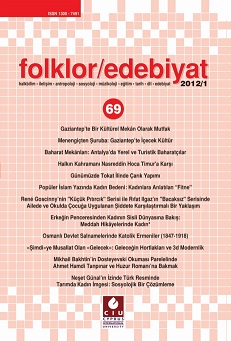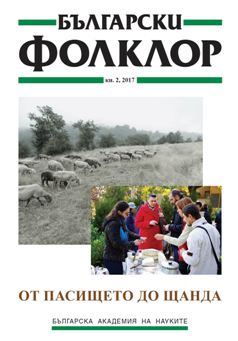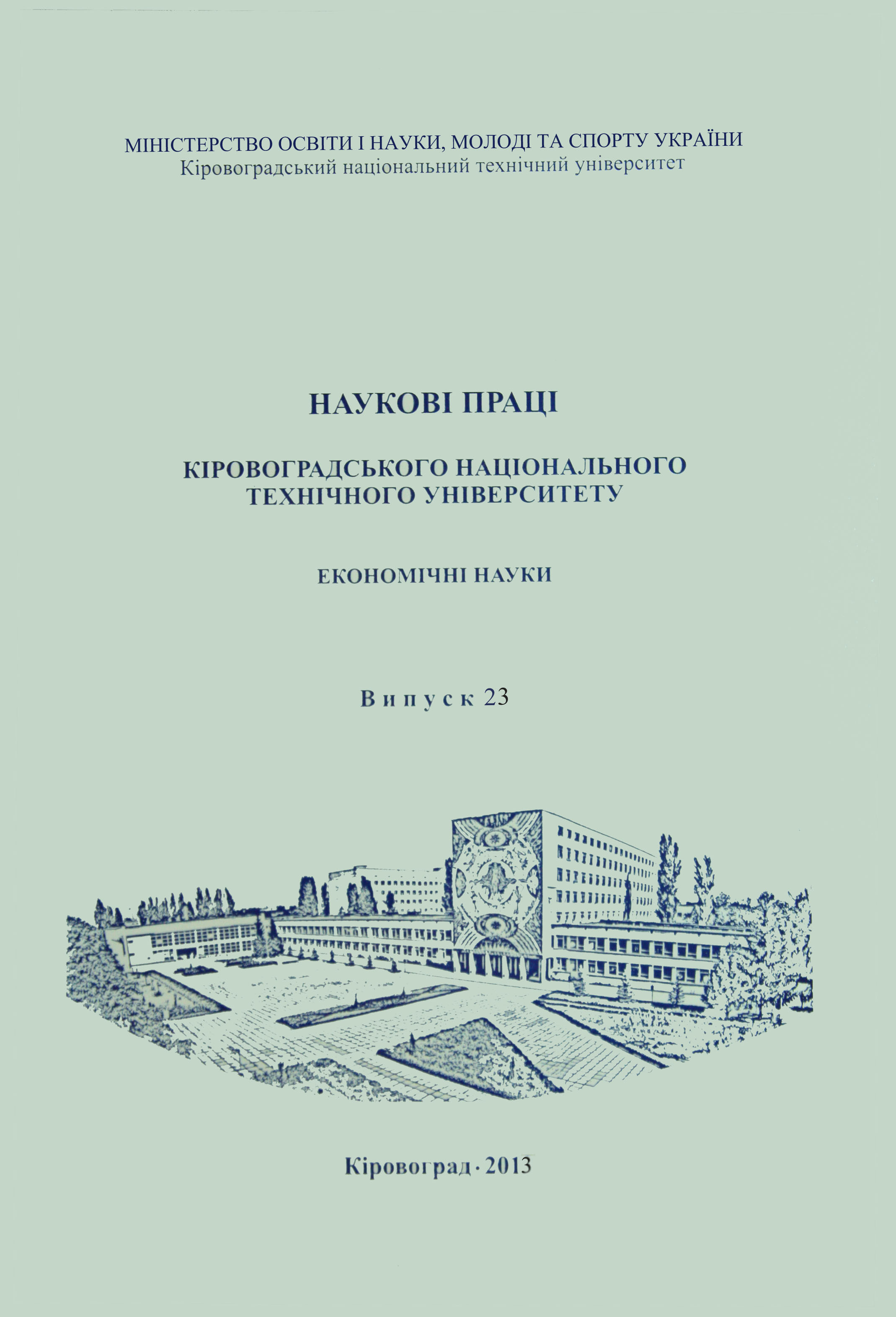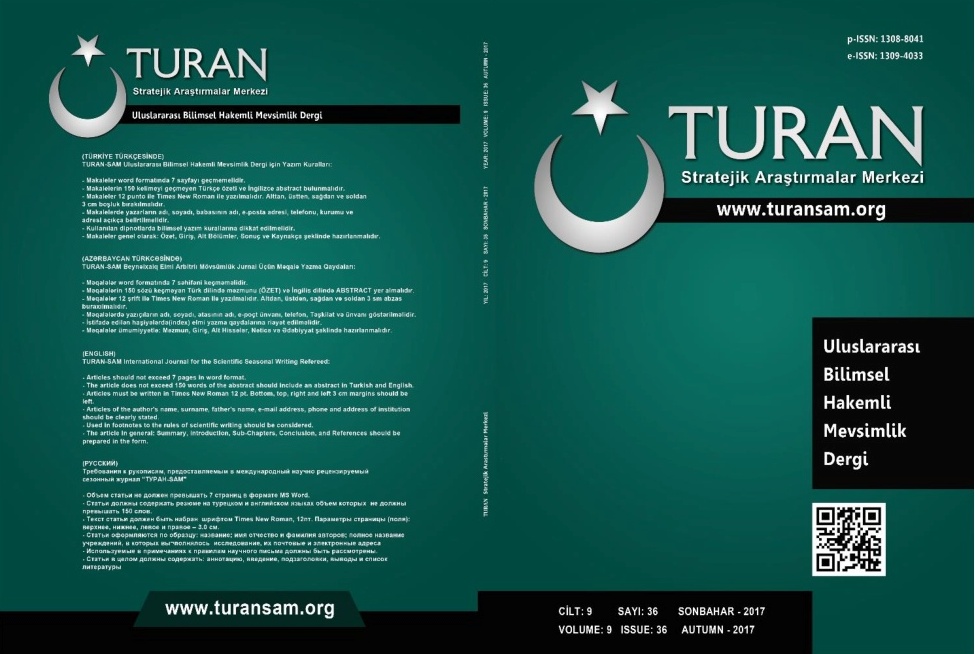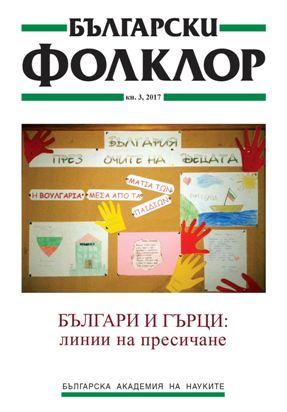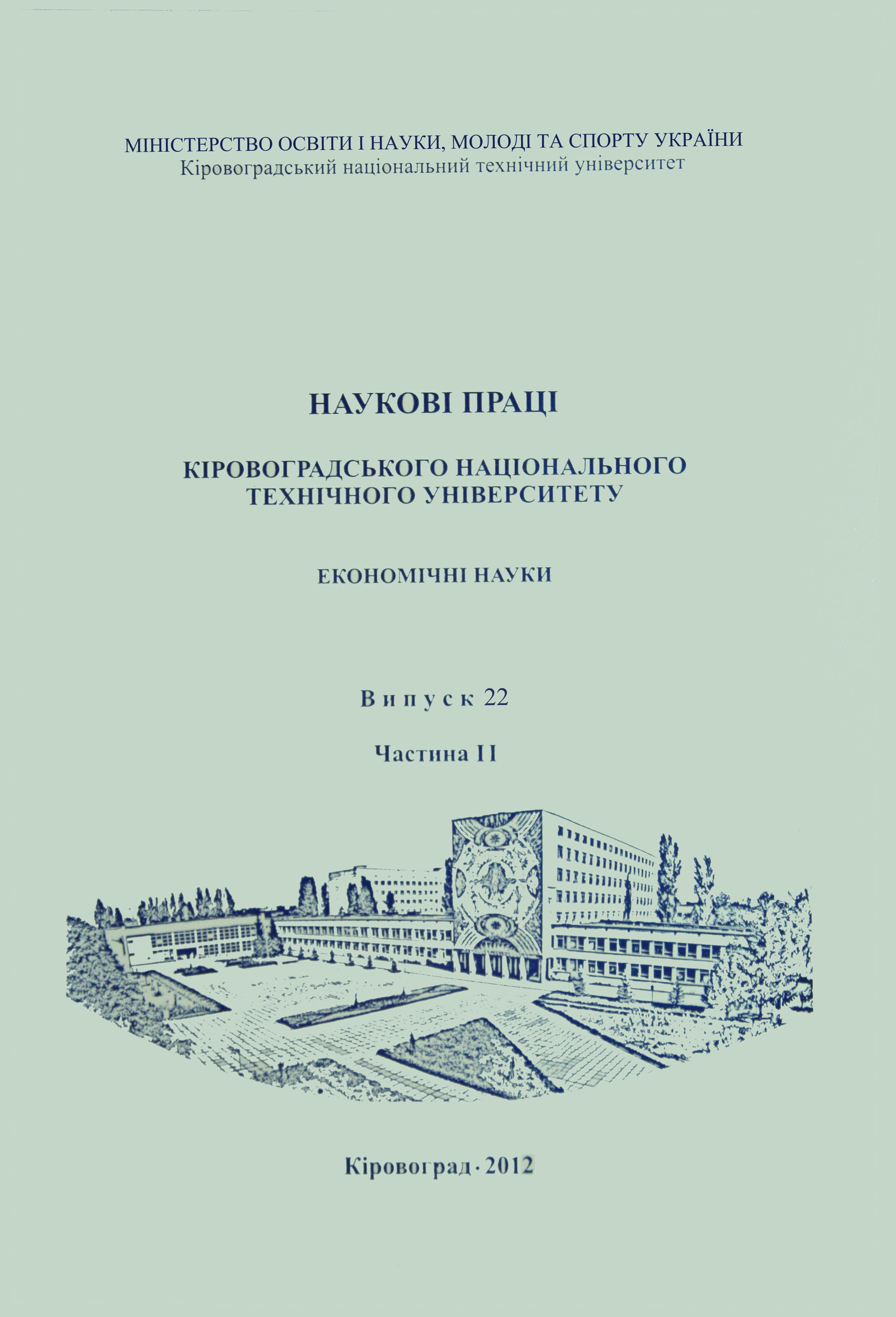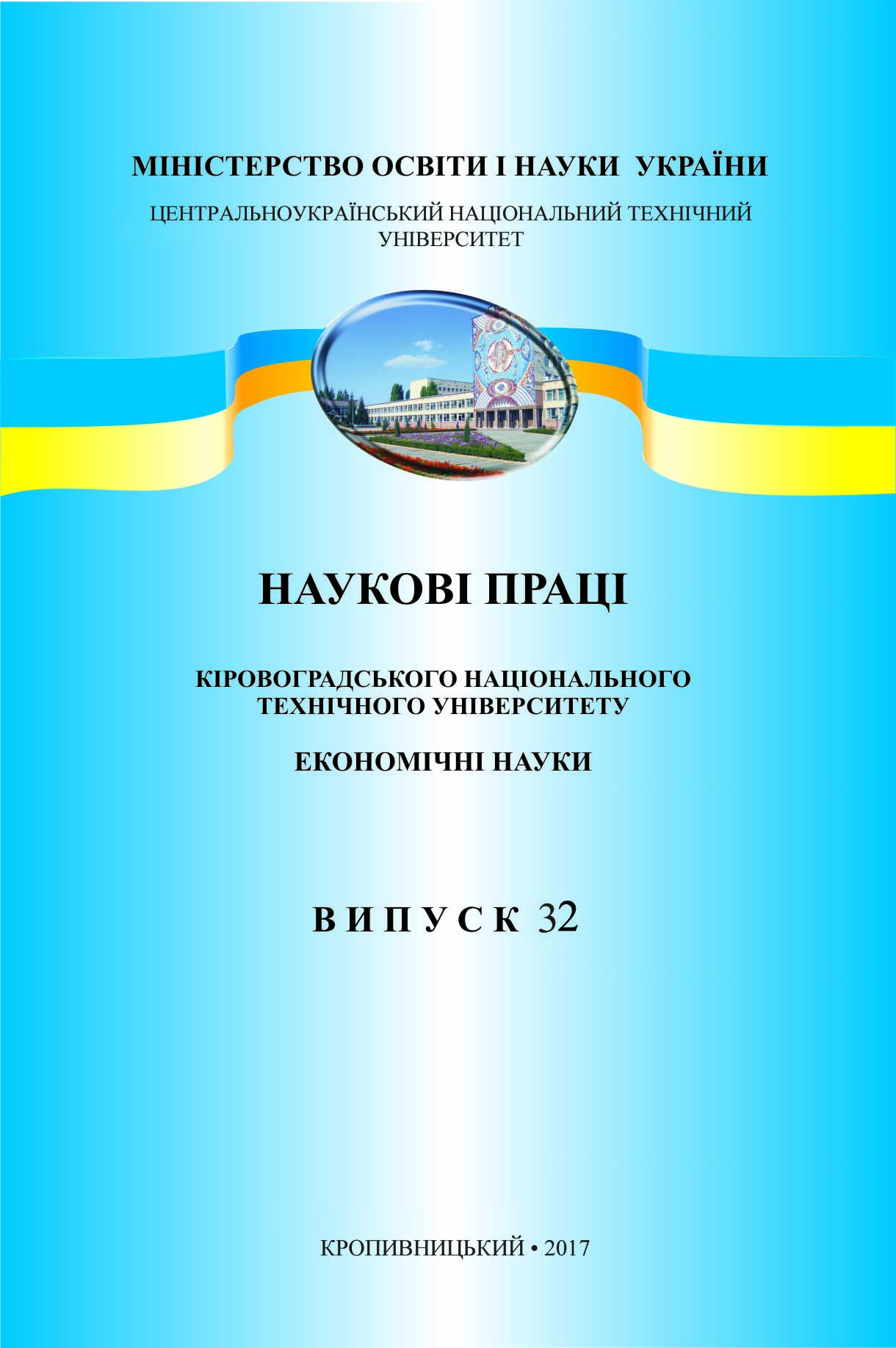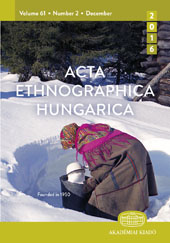Author(s): George-Aurelian Bilavschi / Language(s): English,Romanian
Issue: 1/2014
Rural landscape and medieval communities have often been regarded as being mainly static, belonging to some “traditional” or unchanging past. This stereotype point of view can be rejected, by regarding the agriculture as a dynamic process, where the main roles were held by nature, rural landscape and ecological space and the individual with his concerns, feelings and experiences, permanently balancing between stability, change, resilience, crisis and innovation. The daily routine and the medieval man’s concern to provide food, structured its relationship with the environment, as well as inter-community relations. The knowledge regarding crops and plants, soils and climate were complemented by skills and experience in agriculture, metalwork and tool manufacture, all these being placed in a natural, anthropogenetic and socially distinct environment. The present study stands for an introduction to an intricate analysis of the medieval rural world of the Eastern Carpathian area. Such an article meets the necessity of an enlarged database, as it takes into consideration information provided by corroborating disparate and often anachronistic or confusing archaeological and historical data. Medieval rural research started quite late inRomania, in the second half of the 19th century, when a few studies were published by ethnologists, linguists, and agronomists. It was only towards the middle of the 20th century, when the rural areas started to be archaeologically investigated but without substance and consistency.In our country, elements of "everyday life" and agricultural space organization were briefly discussed, the research being tainted by the lack of historical sources (written sources and archaeological research). Our historical and archaeological data cannot be compared to the situation in other European countries and, moreover, what we have has not been exploited enough. In addition, such a topic requires the use of a very large range of information provided by several complementary fields of research, interdisciplinarity being instrumental in this case. Nowadays, topics related to human inter-relations, individual and communal mentality, food and culinary practices, hygiene, education, culture and religious practices, ordinary and eschatological fear, archaic landscape and the ecology of the daily medieval landscape, are a constant presence in European scientific circles and research programs. In many academic centers of Europe important monographic works and studies were published, on topics such as rural territory organization and structure of countryside communities, paleoclimatology, agricultural landscape and the ecology of rural settlements, commercial networks, and centers of production, culinary art, etc.
More...
